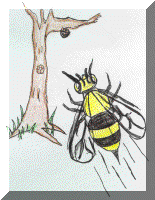Adopted in 1902, the Great Seal of Louisiana was created at the request of
Gov. W.W. Heard in an attempt to have one seal used consistently throughout Louisiana
government. |
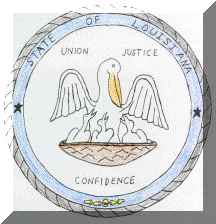 |
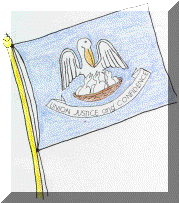 |
The state flag was adopted by the Louisiana Legislature in 1912 and
features a pelican feeding her young on a blue background. |
The Louisiana state bird is the Eastern Brown Pelican. Found from
South Carolina all the way to Brazil, it is famous for its large bill. |
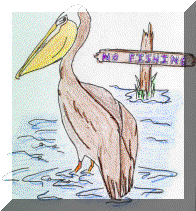 |
 |
Because of the large number of Magnolia trees found in Louisiana, the
Louisiana Legislature decided in 1900 to make its white blossom the Louisiana state
flower. |
Also known as "sac-a-lait," the white perch is Louisiana's state
freshwater fish. |
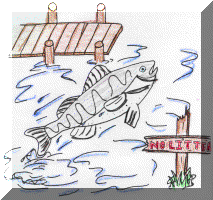 |
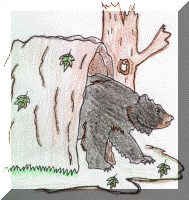 |
With small eyes and thick black fur, the state mammal, the black bear, can
be found in swamps, coastal marches and sugarcane fields near the Atchafalaya Basin. |
Louisiana did not have a state tree until 1963. Of the many
varieties of trees found in our state, the Louisiana Legislature chose the bald cypress to
be our state tree. |
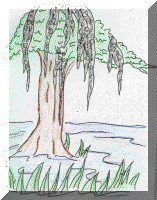 |
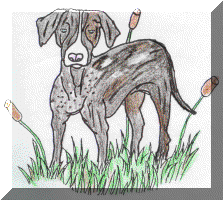 |
In 1979, the only dog native to Louisiana became our state dog, the
Catahoula Leopard Dog. A cross between a dog raised by Indians of the Catahoula
Lake region and a Spanish "war dog," it is well known for its unusual eyes and
webbed feet. |
Called "crawdads" and "mudbugs" in other parts of the
United States, the crawfish is Louisiana's state crustacean. |
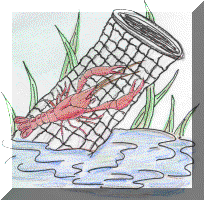 |
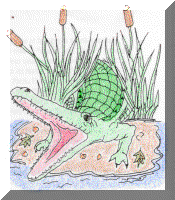 |
If you go to the lowlands and waters of Louisiana you might bump into the
state's reptile, the alligator. Grown males can weigh up to 550 pounds and grow to
12 feet in length. |
Known the world over for its unique musical heritage, Louisiana is one of
the only states with two state songs: Give Me Louisiana and You Are My Sunshine. |
 |












